The first annual Global Defence Snapshot by Forecast International indicates continued growth in the worldwide market following relatively flat investment over the course of the 2015-2016 period.
According to the group, an ‘increasingly multi-polar global security environment buffeted by healthy economies and ongoing military modernisation cycles’ contributed to a 3.3 percent year-on-year rise in consolidated worldwide defence spending for 2017.
“The consolidated worldwide defence spending figure combines spending from over 120 nations across the world, capturing 99.92 percent of the estimated figure for total global expenditure. As the market shifts into 2018 and the years ahead, Forecast International anticipates accelerating spending growth as geopolitical pressure points and future threats reinforce government investment in military and security requirements.
While 2017 marked a healthy spike in market growth, topline worldwide spending remained below the 2014 threshold of $1.526 trillion. This latter figure will be surpassed in 2018, with the $1.6 trillion ceiling being broken by 2020. Primary national drivers of future spending growth will come from China, India, Saudi Arabia, Iran, South Korea, Germany, the UAE and the United States, with many smaller markets undergoing their own respective military modernization drives that will spike national spending.”
Forecast International say their figures are derived from topline defence totals country-by-country, excluding pension funding wherever applicable, such as in the UK.
For the full report click here.
In their own words, Forecast International is a provider of Market Intelligence and Consulting in the areas of aerospace, defence, power systems and military electronics.


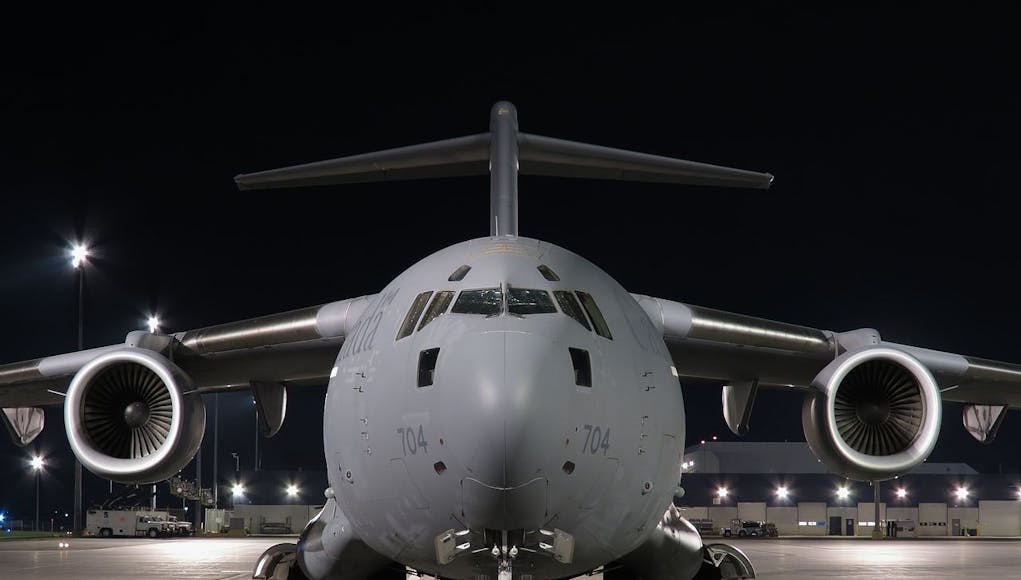
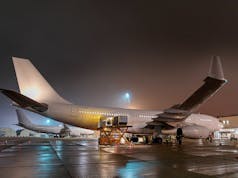

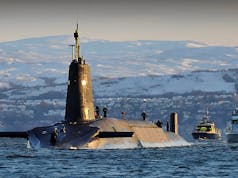
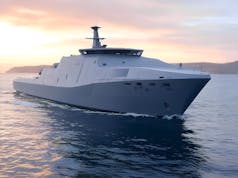
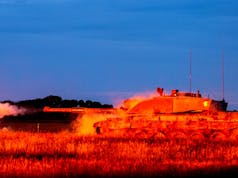

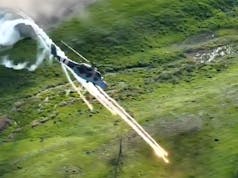


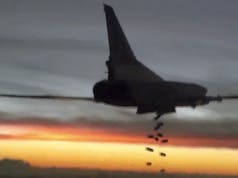

I think this is interesting and whether people like it or not defence is a major industry for the UK.
I do wonder though why the UK can’t do more as other countries have shown it doesn’t take a lot to have great weapons.
Israel – Tavor, Armour, Cyber
Norway – Missiles, USV’s
Sweden – Gripen, Radars etc…
Australia – Ceafar + a strategic plan..
Germany – Small Arms and Armoured vehicles
I know we are also good within many areas – but it does beg the question how fairly small countries (by comparison) can develop such good systems and weapons and we dont seem able to.
I really would like to see us have a strategic missile and radar industry that results in jobs and great kit for our troops. The NSS should have given us the strategy for our shipbuilding industry, but we need the same for our land, air, cyber and intel & communications forces.
I believe it is because we only really have one major arms manufacturer – BAE Systems. Once upon a time they amalgamated a number of UK companies into their portfolio namely Vickers/Alvis, GE and were given the Royal Ordinance Facories (ROF) etc. Therefore there was no more internal competition, however BAE Systems went global, buying part of SAAB and United Defense for example. It then parcelled off our domestic heavy military vehicle division as SAAB was more economical and closed down the ROFs and giving all the work to Heckler and Koch Also they cancelled any development of the 4.5″ gun as there was “better” US 5″ gun which was more widely used.
It would be nice to re-invest in home defence manufacturing and then make BAE Systems actually compete for UK work, instead of being charged through the nose from a single source supplier. If the UK Government grows some balls and sticks to the NSS I believe we as country will be in a much better place and perhaps it can be used as a model for further programs, such as the Challenger 2 replacement.